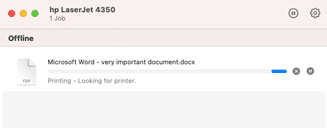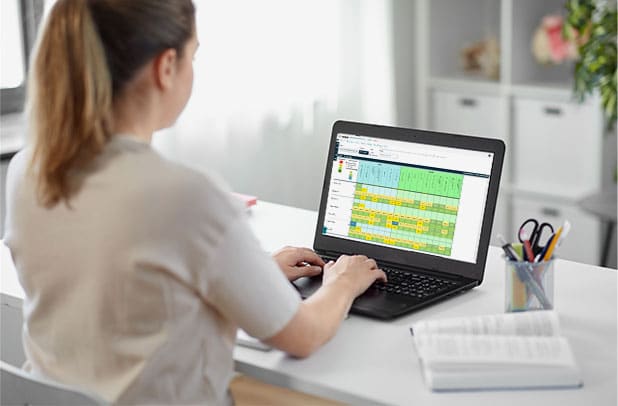“What do you mean you can’t find the printer? It’s right there – no more than a few meters away, why can’t you just connect and print? I’ve got less than 30 minutes before I have to present the quarterly facts and figured to the CEO”.

I’m sure everyone can empathise with this dilemma; we have all been there and if you are anything like me you probably added a few choice words to describe your beloved laptop as it failed to complete what should be a simple task. As our blood pressure rises, sweat beads form on our forehead and our pulse reaches a new high the last thing on our mind is ‘Can technology boost wellbeing?’.
A quick google search will highlight many of the negative effects technology can have on our health and welling, but most if not all of these are controllable by ourselves – don’t answer that email at 10pm, in fact don’t even look at your work emails at 10pm, stop scrolling through social media, get up and go for a walk instead, do you really need to share pictures of your homemade dinner then check every 5 minutes to see how many likes it gets?
Yes, when not used responsibly technology can have a negative impact on our wellbeing, but what if we take a different approach and look at the positives.
Loneliness
Over the last 2 years, we have all suffered from varying degrees of isolation, and technology has been the only way to keep in contact with friends, family, and colleagues. Loneliness affects us all no matter our age and technology has been our only way of keeping in touch with each other.
There is a plethora of online support groups specifically designed to help those suffering from isolation and loneliness. Some employers have even set up support networks to enable colleagues to share their experiences, exchange hints and tips and ask for advice.
Personalisation
Like millions of others, I wear a smart watch. As a regular swimmer I bought it to keep track of my training – I always lost count after the first few lengths. It keeps me on track for my training goals and lets me know (all too often) when I need to speed up.
It also measures heart rate, sleep patterns, body battery, stress levels and steps. While these all help me keep track of my health, the most useful feature is the ‘Get up and move – you have been sitting down too long’. Yes, my watch tells me when I have been sitting at my desk or TV for too long. A prolonged buzz on my wrist tells me it’s time to get up, move around, maybe walk the dog or at least walk to the kitchen and put the kettle on. Not only does this help my wellbeing it actually helps me work, taking time away allows our brains to relax, store the important information we have been working with and generally sort out our internal filing system while we think about other things and restore our caffeine levels.
Confidentiality
For many of us our wellbeing is private, and we aren’t comfortable sharing personal information and feelings with others – especially others that we work with or who know us well. We fear judgement and the very thought of discussing our feelings brings on stress and can have a detrimental effect on our wellbeing.
Technology removes the need for face-to-face discussions, online support groups and helplines remove the need to look others in the eye while we discuss personal issues and gives us access to experts even when they aren’t local.
On a final note I would add that technology is not the solution to wellbeing but once we understand the issues we are trying to address we can use technology wisely to help us.
Now back to that printer…!
Author: Alan Yeoman










